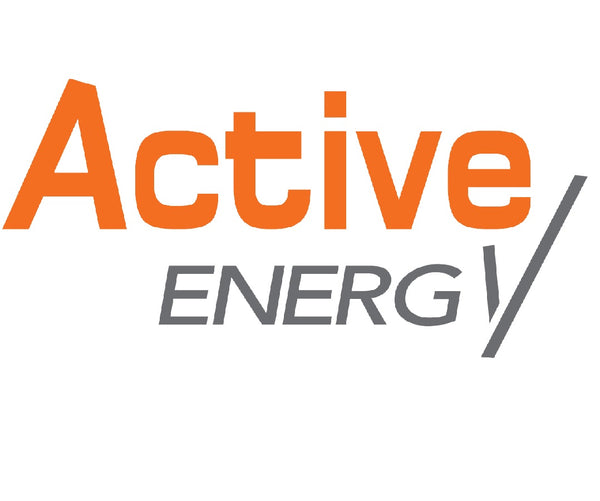In the dynamic landscape of electric vehicles (EVs), charging connectors play a key role in shaping the future of sustainable transportation. This guide explores the world's leading electric vehicle charging connectors in detail, showcasing their technical prowess and global reach.

CHAdeMO – Bridging DC and AC Versatility:
Our first launch is CHAdeMO, a connector known for its versatility in handling DC and AC charging. CHAdeMO is a global favorite, reinforcing its leadership in providing efficient and flexible charging solutions. The latest CHAdeMO protocol (3.0) allows up to 900kW of power (current 600A, voltage 1.5kV).
CCS1 – Empowering North America and Beyond:
In parts of North America and Asia, CCS1 stands as a powerful connector for seamlessly converting between AC and DC charging. Its technological prowess makes it a key player in the electric vehicle charging ecosystem.
CCS2 – Europe dominates charging flexibility:
Across the European landscape, CCS2 has become a dominant force. Recognized for its adaptability to AC and DC charging, CCS2 demonstrates a commitment to driving innovation in the European electric vehicle market.
GB/T – Planning the development direction of electric vehicles in China:
At the heart of China’s electricity revolution, GB/T takes center stage. The connector supports AC and DC charging and symbolizes the technological prowess driving China's rise in electric vehicles.
J1772 (Type 1) – An enduring symbol of North America:
J1772 (TYPE 1) is an enduring North American icon, providing a reliable and standardized charging experience. The connector's widespread adoption demonstrates a strong commitment to consistent charging infrastructure. The interface consists of 5 pins, with a charging voltage of 250V and a charging current of 32A.
Mennekes (Type 2) – improving European charging standards:
Mennekes (Type 2) add a touch of sophistication to European charging stations. Known for its ergonomic design and safety features, the connector reflects a commitment to improving charging standards in Europe. Type-2 allows an AC single-phase current of 70 A, and a three-phase current of up to 63 A, with a maximum voltage of 500 V and a maximum power of 43KW.
in conclusion:
In the ever-evolving field of electric vehicle charging, these connectors represent not only technological advancements but also regional efforts to achieve a common goal: a sustainable electrified future. As the world enters the next era of transportation, these connectors serve as the unifying link for a global network of electric vehicle charging solutions.
